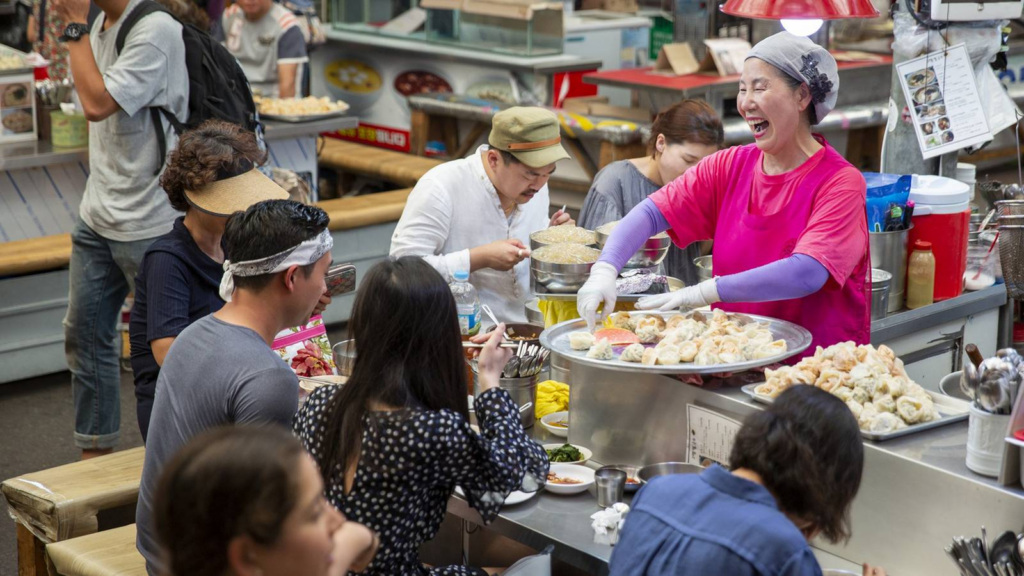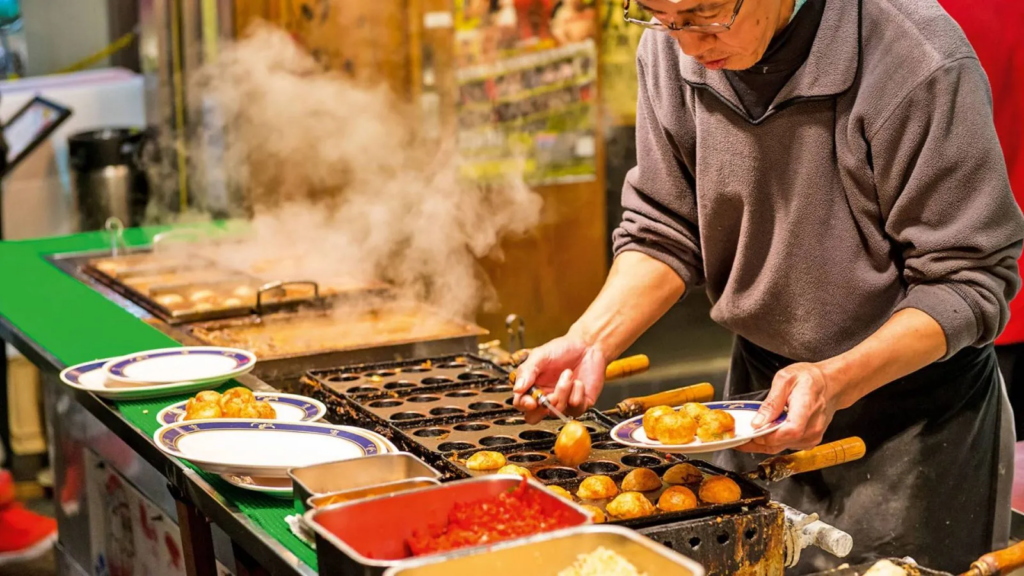
Culinary tourism, a delightful journey for the taste buds, has evolved from being a niche interest to a mainstream travel trend. It goes beyond the ordinary, inviting travelers to savor the essence of a destination through its food. From the vibrant streets filled with tantalizing street food to the refined elegance of Michelin-starred restaurants, culinary tourism offers a diverse and enriching experience.
Introduction
Culinary tourism, at its core, is the exploration of a destination’s culture through its cuisine. It involves seeking out local flavors, indulging in street food, and dining at renowned establishments. This trend has gained momentum as travelers increasingly view food as a crucial aspect of their overall travel experience.
The Rise of Street Food
Street Food Culture
Street food, once associated with quick and affordable meals, has transformed into a culinary art form. From Bangkok’s bustling night markets to Mexico City’s taco stands, street food encapsulates the authentic flavors of a place, often passed down through generations.
Local Delicacies
Exploring street food allows travelers to sample local delicacies that might not be found in upscale restaurants. These hidden gems provide an authentic taste of a region’s culinary heritage, making street food a must-try for any culinary enthusiast.
Exploring Local Markets
Vibrant Atmosphere
Local markets offer a sensory feast with colorful displays of fresh produce, aromatic spices, and the hustle and bustle of vendors. These markets serve as the heartbeat of culinary tourism, providing a glimpse into the daily life and food culture of a destination.
Unique Ingredients
Culinary travelers can discover unique ingredients, often sourced directly from local producers. The experience of tasting exotic fruits, spices, and other regional specialties creates lasting memories and a deeper connection with the destination.
Fine Dining Experiences
Michelin-Starred Restaurants
For those seeking refined and sophisticated dining, Michelin-starred restaurants are the epitome of culinary excellence. Cities like Paris, Tokyo, and New York boast an array of establishments where master chefs showcase their creativity through exquisite dishes.
Fusion Cuisine
Fine dining also explores the fusion of culinary traditions, resulting in innovative and memorable gastronomic experiences. These cross-cultural creations add a modern twist to traditional dishes, creating a dynamic culinary landscape.
Culinary Tourism Destinations
Asia’s Flavorful Adventures
Asia, with its diverse cultures, offers a rich tapestry of culinary delights. From the aromatic street food of Southeast Asia to the delicate flavors of Japanese cuisine, the continent provides an extensive array of options for culinary travelers.
European Gastronomic Wonders
Europe, with its long history of culinary excellence, boasts iconic dishes and world-renowned chefs. Exploring the food markets of Barcelona, savoring pasta in Italy, or enjoying pastries in Paris contributes to an unforgettable culinary journey.
Culinary Festivals and Events
Showcasing Local Cuisine
Culinary festivals and events celebrate the unique flavors of a region, bringing together locals and tourists alike. These gatherings showcase the diversity of a destination’s cuisine, often featuring cooking demonstrations, tastings, and cultural performances.
International Participation
Global participation in culinary events allows for cultural exchange and a melting pot of flavors. Travelers can engage with chefs and fellow food enthusiasts from around the world, creating a shared appreciation for diverse culinary traditions.
The Role of Social Media
Food Influencers
Social media has played a significant role in shaping culinary tourism trends. Food influencers, through captivating visuals and reviews, inspire travelers to explore new culinary horizons, turning hidden gems into popular destinations.
Instagrammable Delights
The trend of sharing food experiences on platforms like Instagram has made aesthetics an integral part of culinary tourism. Travelers seek out photogenic dishes and picturesque dining settings, turning meals into shareable moments.
Sustainability in Culinary Tourism
Farm-to-Table Initiatives
The rise of sustainability in culinary tourism is evident in the popularity of farm-to-table initiatives. Travelers are increasingly conscious of supporting local farmers and businesses, contributing to the preservation of culinary traditions and ecosystems.
Eco-Friendly Practices
Restaurants and markets are adopting eco-friendly practices, reducing food waste, and promoting responsible consumption. Culinary tourism, when practiced sustainably, becomes a positive force for both local communities and the environment.
Challenges in Culinary Tourism
Cultural Sensitivity
While embracing local cuisine is a key aspect of culinary tourism, travelers must approach it with cultural sensitivity. Understanding dining customs and respecting traditions ensures a meaningful and respectful experience.
Balancing Authenticity and Adaptation
As destinations cater to the growing demand for culinary tourism, there’s a challenge in maintaining the authenticity of local dishes while adapting to evolving tastes. Striking this balance is crucial for preserving culinary heritage.
Benefits of Culinary Tourism
Economic Impact
Culinary tourism contributes significantly to local economies by supporting restaurants, markets, and food producers. The economic ripple effect extends to related industries, creating jobs and fostering community development.
Cultural Exchange
Sharing meals fosters cultural exchange, breaking down barriers and promoting understanding between travelers and locals. Culinary tourism becomes a powerful tool for building connections and appreciating the diversity of global cultures.
Tips for Culinary Travelers
Researching Local Cuisine
Before embarking on a culinary journey, thorough research on local cuisine enhances the overall experience. Learning about signature dishes, food markets, and popular eateries ensures that travelers make the most of their gastronomic adventure.



